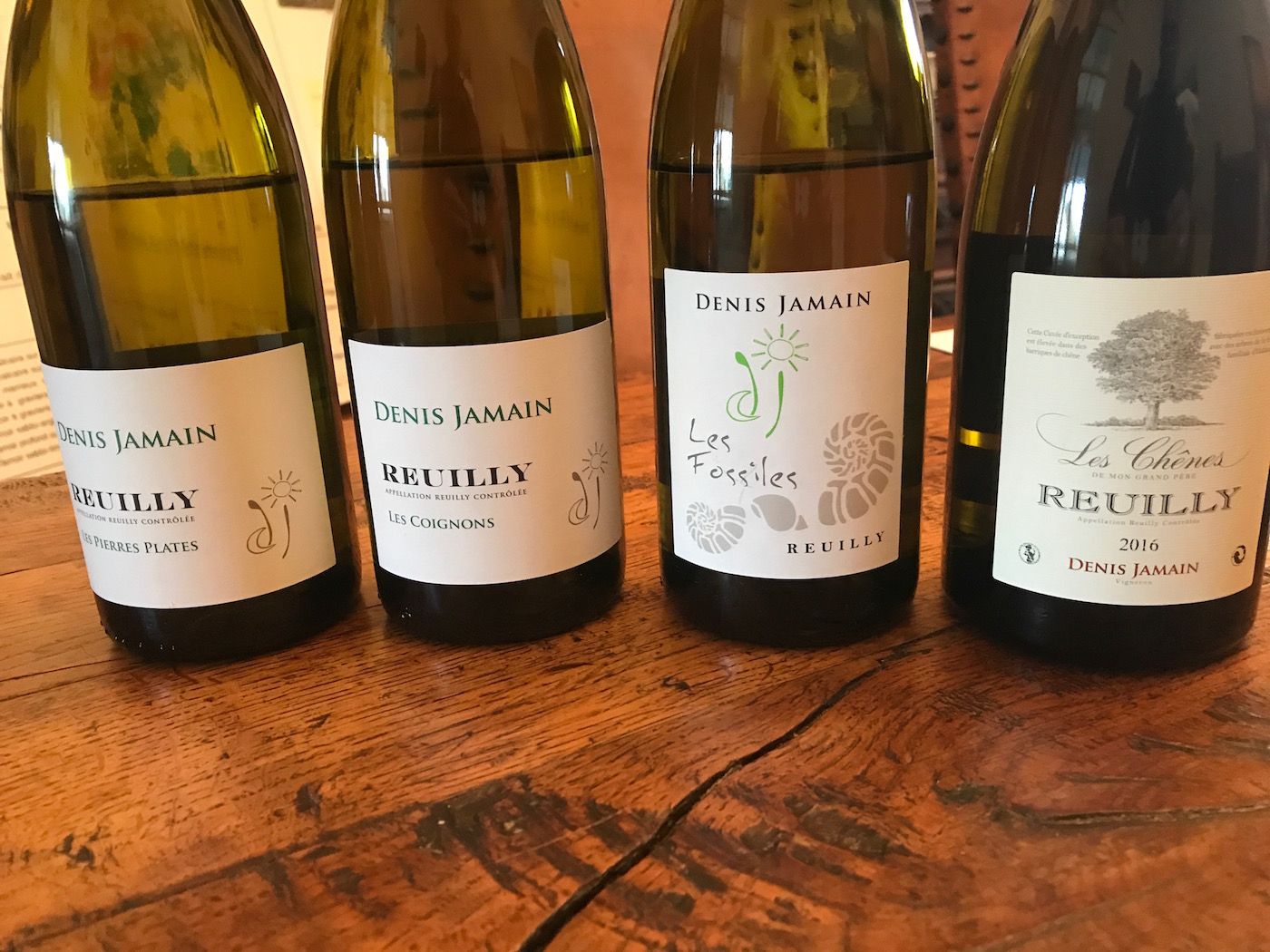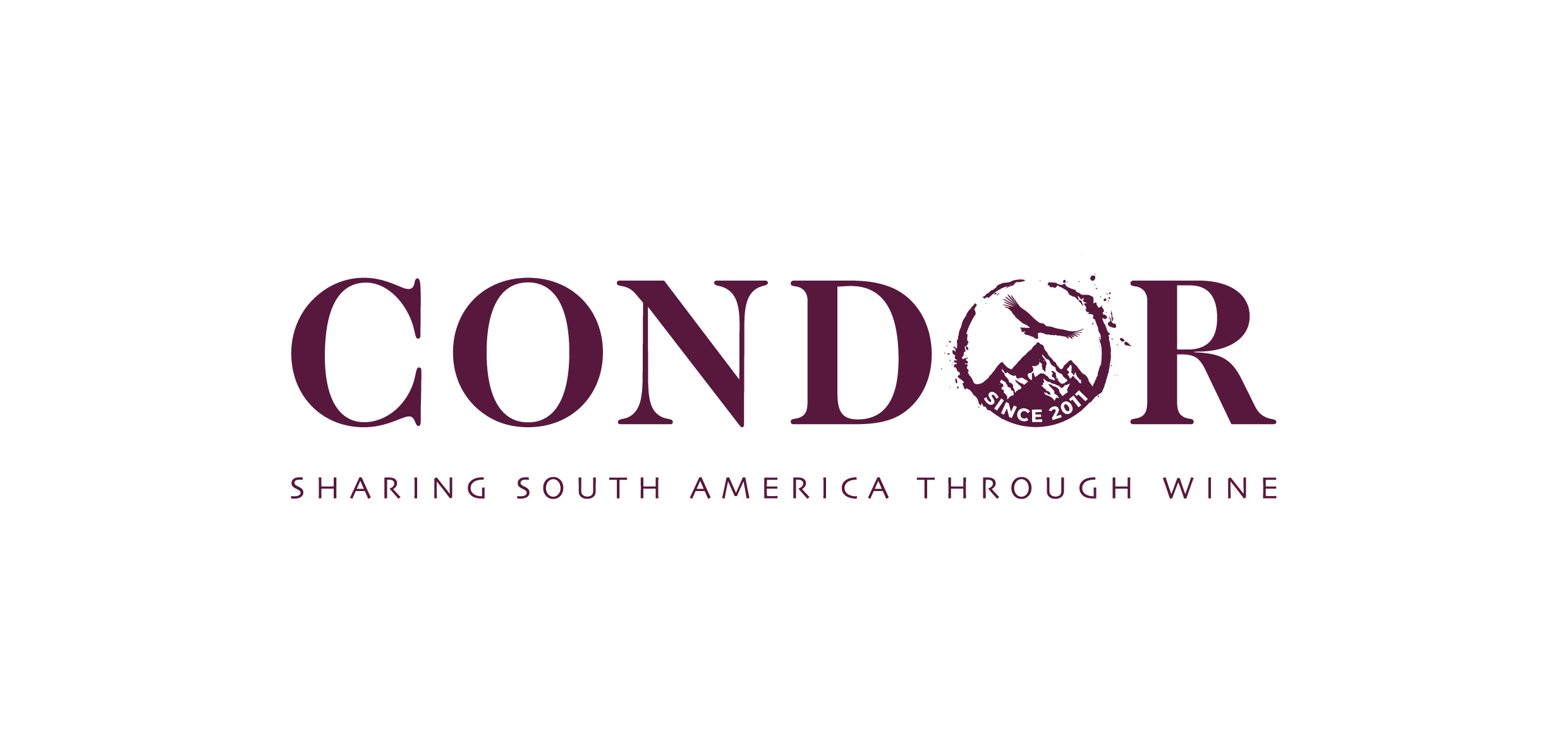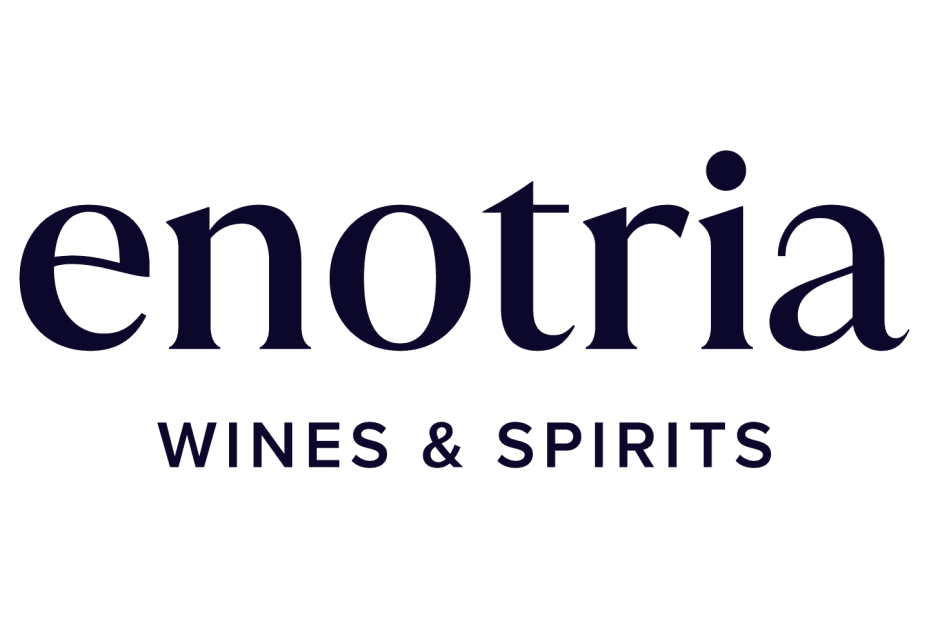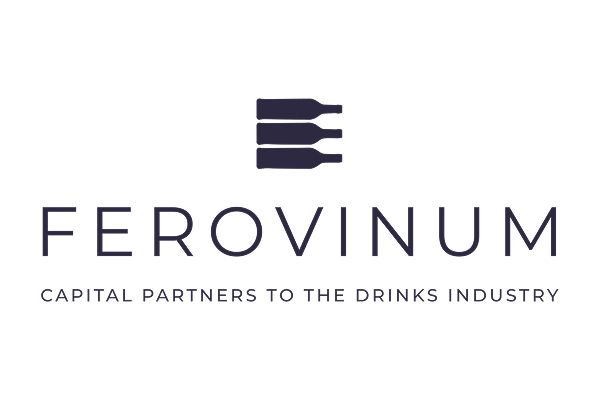Domaine de Reuilly is fully biodynamic and making a virtue out of its single plot sites and their unique terroir, they also make the Loire’s only Pinot Gris Rosé.
It’s always nice when you discover a brilliant winemaker who is ‘under the radar’. This isn’t to say that Denis Jamain of Domaine de Reuilly doesn’t have a profile. Any winemaker who’s imported by Kermit Lynch in the US already has a seal of approval from the ‘top table’. It’s just that he, his estate, the appellation of Reuilly and the region Central Loire are all either little-known or confused with other regions – Reuilly confused with Burgundy’s Rully appellation for example.
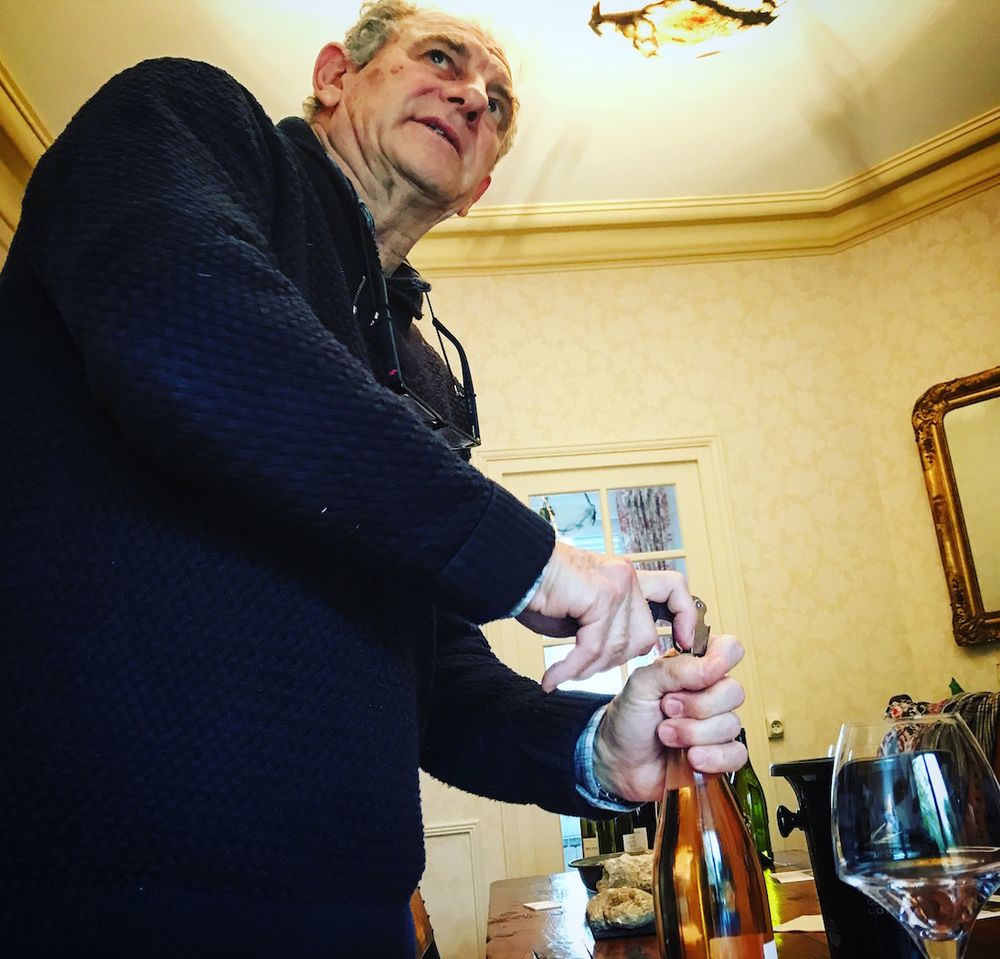
Denis Jamain, Reuilly, December 2018
But Jamain is a real pioneer and has been helping to keep Reuilly alive – a region that was banging in the Nineteenth Century, got wiped out by phyloxerra, and in the mid-1960s was down to its last 50 hectares. Jamain has been farming biodynamically since he took over the family estate aged 45 years old and is still the only biodynamic producer here; he has been true to the soil – making single vineyard cuvées that are terroir-expressive and use the soil type on the label and in its marketing.
A tasting of his nine wines – including the Loire’s only Pinot Gris Rosé – was an eye-opening affair, each wine so individual and beautifully crafted, served with such feeling and humility in the personal space of his own home, a modest townhouse on the outskirts of Reuilly village, that could just as easily have been a doctor’s practice. It was like going to see a relative who doesn’t mind opening a bottle or two, and you leave with that evangelical air of having discovered something very unique indeed.
“Sometimes with small appellations we are not given the recognition of say Sancerre and Pouilly-Fumé and yet we are making just as good wines,” Jamain says as he methodically uncorks the first bottle of the tasting.
“Reuilly compares well for two main reasons, where the vines are grown on Kimmeridgian soil it gives the wines minerality, especially with organic and biodynamic farming, because the roots go deeper and there is more mineral, this is a great plus. The other reason is that in Reuilly we never have any problems with ripening the grapes, we harvest a full ten days before Sancerre, it is a little warmer here, not so high and has less humidity.”
The biggest challenge, Jamain believes, is to communicate the quality of the wines to the outside world.
“The Loire wines generally have great potential for development and having 70 appellations is a real plus, and it’s true that the more people get educated in wine the more they will appreciate Loire Valley wines, but the biggest pitfall that the Loire is facing is that we don’t have the marketing budgets like the Rhône and Bordeaux. It’s hard to compete with that in some countries. Size can also be a limiting factor.”
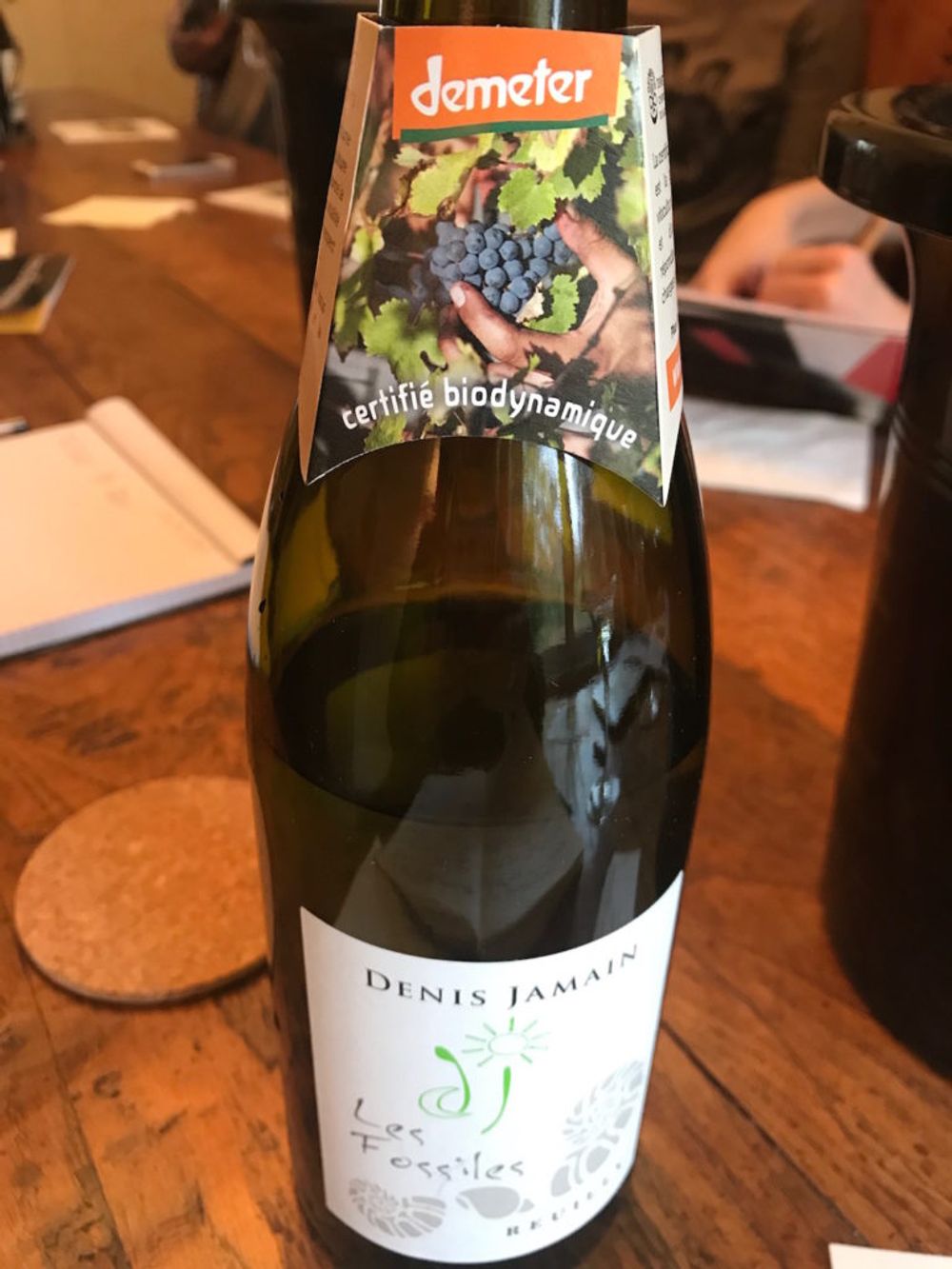
Jamain is rightfully proud of his biodynamic farming and advertises the fact at every opportunity
Domaine de Reuilly owns 30 hectares, with 21 hectares planted – 30 acres of Sauvignon Blanc, 13 acres of Pinot Noir and, unusually 10 acres of Pinot Gris. Just a few hectares of Sauvignon Blanc were planted in 1937 by Jamain’s grandfather the other grapes were planted in 1961. Although there are currently 274 hectares in Reuilly AOP spread across 43 growers, in the 1960s the appellation almost disappeared with land lost to mainly cereal crops. After its mid-1960s low point, since the 1980s it is starting to regain its reputation, the quality has risen and an influx of younger winemakers has continued to see its fortunes rise.
Although he is unlikely to remain the only biodynamic wine producer in Reuilly, at the moment that is the case, (having achieved certification in 2011) which is important from an ethical perspective but also as a deciding factor in the export market.
“I moved into biodynamics out of personal conviction and respect for the environment. But countries I export to like Scandinavia wouldn’t consider using us if we weren’t biodynamic. They want Sauvignon Blanc and so I go through a tender process every four years.”
While just 15% of Reuilly AOP’s wine is exported, Jamain says that for his domaine it is between 50% and 60%. The US is his top export market followed by Germany, Canada and then the UK which imports 8-10,000 bottles through Berry Brothers/FMV, Vintage Roots, H2Vin and The Wine Society.
Jamain sticks to a natural winemaking approach – as much as he can to enhance the mineral expression of the Reuilly terroir – he only uses indigenous grape yeasts, he loosely filters the wines and reduces the amount of sulphites to the bare minimum. The oak barrels comes from trees he personally selects from his own 15 hectare forest deep here in the centre of France.
“Everything is made lot by lot, nine different cuvées, I like to have single vineyard wines and it also makes sense from a marketing point of view”
Tasting the wines
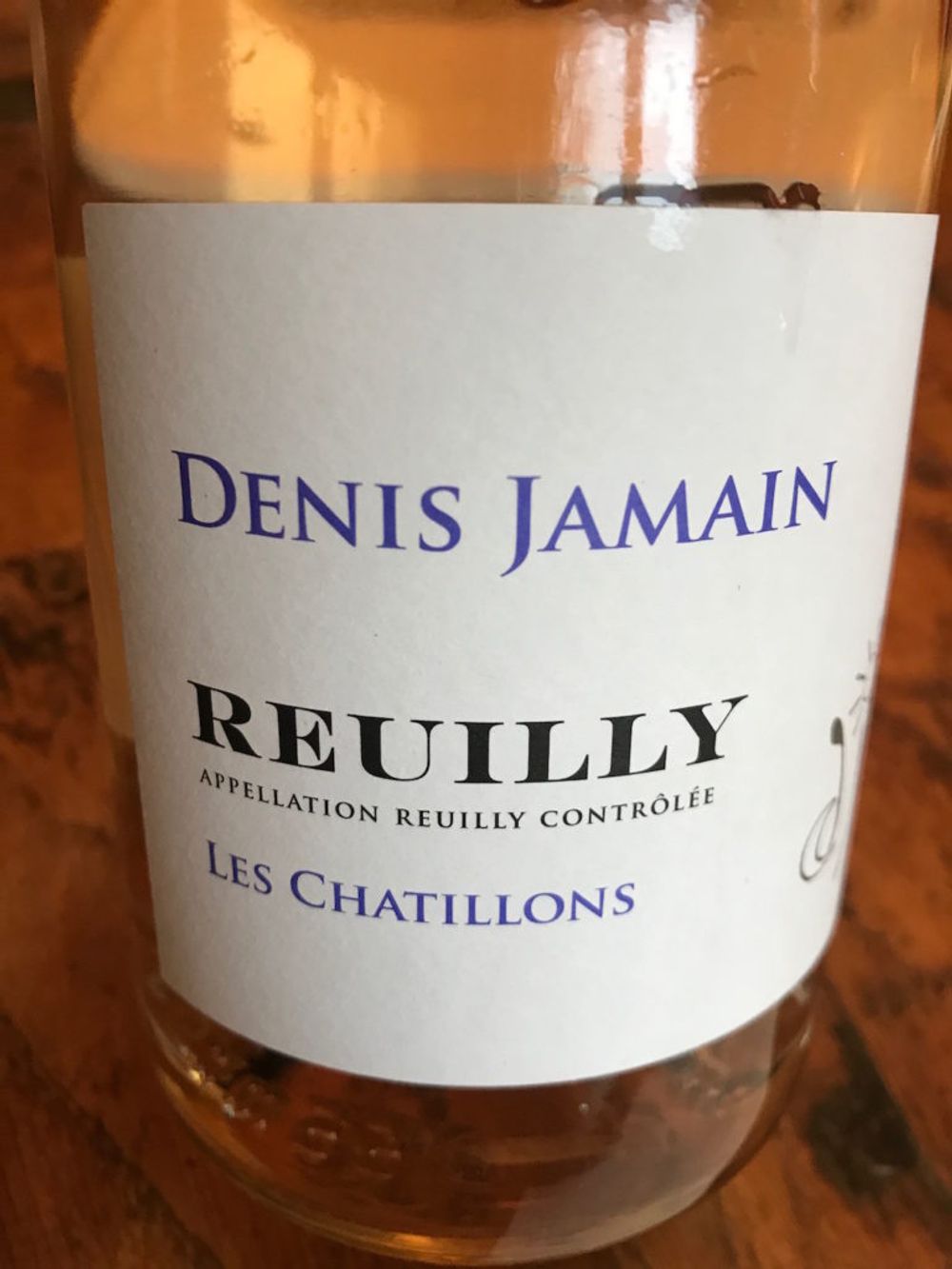
A stunning start: the only Pinot Gris Rosé produced in the Loire
We start the tasting with the Les Chatillons, the Loire’s only Rosé made from Pinot Gris (which is not labelled as a Rosé) and is a glorious light onion skin-coloured wine, with a light, candied fruit nose, nice oleaginous volume and a mineral-edged texture to the wine. It is fresh but has wonderful depth of flavour. There is also Les Fossiles, which is more entry level.
Of the 150,000 bottles that Domaine de Reuilly produces, 40,000 bottles are Pinot Gris Rosé with 30,000 bottles exported, over half going to the States.
There then follows four Sauvignon Blancs and three Pinot Noir – a white and a red each of Les Fossiles, Les Pierres Plats (‘the white flat stones’) and the barrel-aged Les Chênes – Les Coignons being the only of his four specific lieux-dits that doesn’t have Pinot Noir.
Les Coignons has a delicious lime skin acidity, great length and minerality, although the style is rounder than the Sauvignon Blanc from Sancerre, for example. Les Pierres Plats is more herbaceous, this style being sold more in the US and UK than elsewhere. Les Fossiles, which was Jamain’s first biodynamic wine is from older 35 year-old vines. It is prettier, floral and has tropical notes (pineapple) with a terrific smash of citrus on the long finish. Les Chênes has been aged in old barrels for one year and ideally should have about five years in bottle before drinking. The wood, like with a lot of barrel-aged Sauvignon Blanc I find, is a bit too apparent but the added complexity, weight and texture augurs well.
The Pinot Noirs follow: Les Pierres Plats has an attractive farmyard character, young but not green tannins, firm texture (4-5 day cold soak) and elegance in equal measure. Les Fossiles from older vines grown on a greater percentage of limestone is noticeably more mineral in the mouth and has sweet notes of cherry and liquorice. Les Chênes is aged in 225l barrels is much richer and more structured, has silky tannins and amazingly well integrated wood.
All of the wines were tasting very well indeed and are frankly ridiculously low in price compared to comparable wines in better know regions and appellations.
So a quick recap on the appellation of Reuilly
Reuilly lies South-East of Bourges, stretching from the river Arnon to the river Cher, in the heart of Berry. It is just 274 hectares and has a variety of soils and slopes from relatively steep 20% chalky-marl slopes to high sand and gravel terraces, creating a variety of wines – dry, crisp Sauvignon Blanc, fruity Pinot Noir, dry rosé and dry Pinot Gris. There are 43 growers in the region with 15% of production exported.
As with the rest of Central Loire 2016 and 2017 had average yields of 35 hectolitres per hectare whereas in 2018 Reuilly was achieving 60 hectolitres.
One of the greatest challenges Jamain lists is climate change which can affect the ABV by as much as 1.5% in just three days. “We never go above 12.5 and 13%,” Jamain says, “but I see some people ending up with 15-15.5%”
